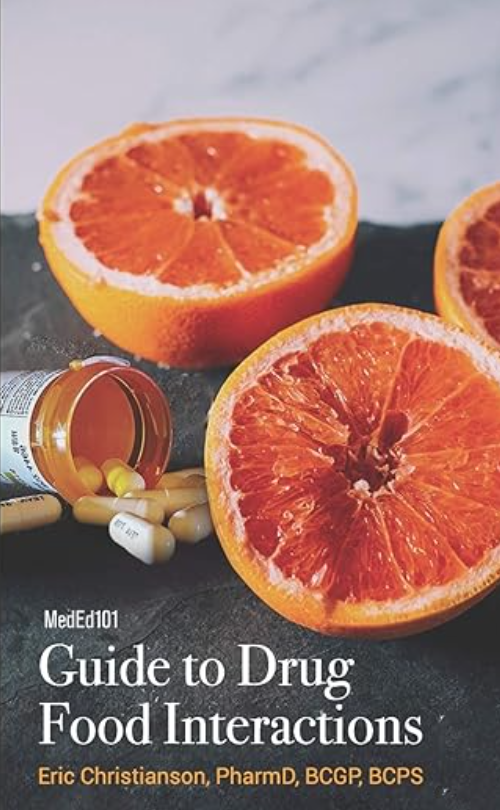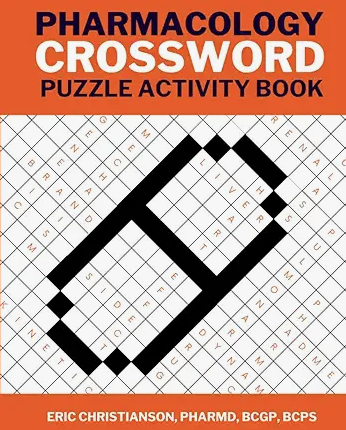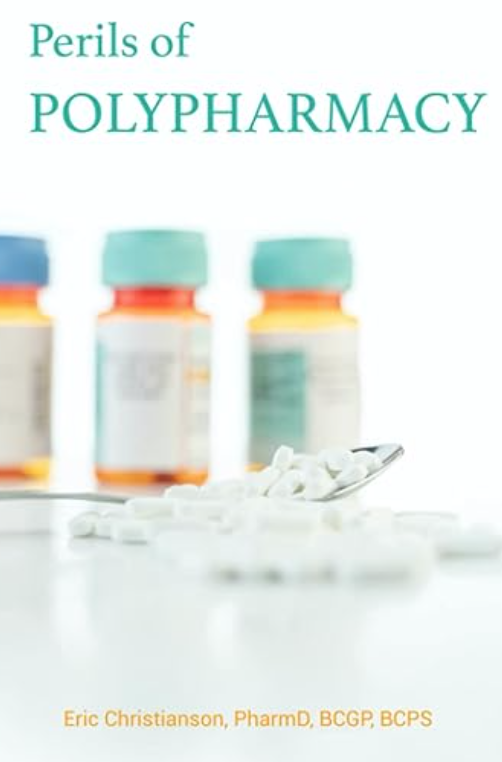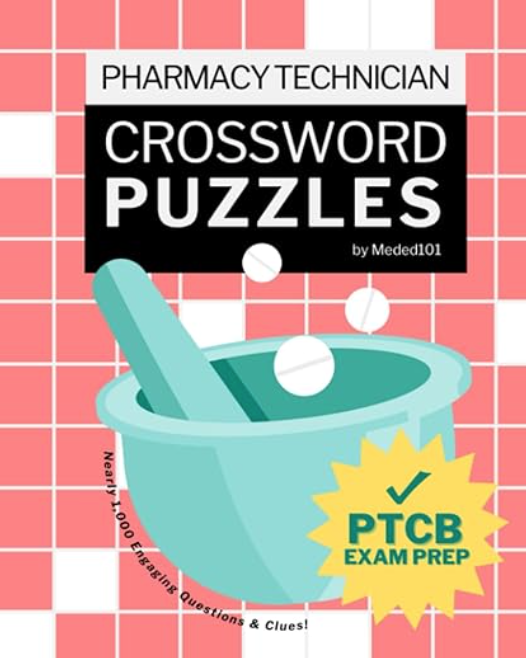Blood pressure medications are commonly used in practice. You should know some of the major interactions with these medications. In this blog post, I will lay out my top 5 antihypertensive drug interactions and also share some information on how these interactions can affect our patients.
Hyperkalemia Risk
ACEIs and ARBs are atop the list of the most commonly used antihypertensive medications. The first interaction that comes to mind with these medications is the risk for hyperkalemia when used in combination with certain medications. The most obvious interaction is an additive effect with potassium-sparing diuretics such as spironolactone. Other not-so-obvious medications can have an additive effect as well. I’ve seen trimethoprim cause hyperkalemia when used in combination with ACEIs or ARBs. Calcineurin inhibitors and heparin also receive honorable mention.
Renal Risk
The next antihypertensive drug interaction to recognize is associated with NSAIDs. NSAIDs can work against antihypertensive medication, but in addition to that, these medications can increase the risk of acute renal failure. ACEIs, ARBs, and diuretics are the highest risk agents for ARF when used in combination with NSAIDs and make my top 5 antihypertensive drug interactions to look out for.
Nitrates and PDE-5 Inhibitors
While not traditionally a commonly used antihypertensive and more focused on treating angina, nitrates can significantly interact with PDE-5 inhibitors. This is a very common example of a drug interaction that will likely show up on your board exam in some capacity. PDE-5 inhibitors like sildenafil can be used for erectile dysfunction and pulmonary hypertension. I’ve laid out the recommended separation in a previous post.
Amlodipine Drug Interactions
Amlodipine has some weak CYP3A4 inhibitor activity. This can lead to some drug interactions where dosages of other medications should be reassessed. The most notable interaction is with simvastatin. This used to be a much more common interaction when simvastatin was used more often, but I still see it from time to time.
Beta-Blockers
Beta-blockers can cause some notable interactions as well and I feel as if it is necessary to include them in my top 5. While beta-blockers can cause bradycardia on their own, there are some medications you should recognize as having an additive effect. The most obvious drug interaction here is with two calcium channel blockers like diltiazem and verapamil. Less commonly recognized is the drug interaction with the acetylcholinesterase inhibitors for dementia. Examples of these medications include donepezil and rivastigmine.
There you have it, my top 5 antihypertensive drug interactions. I’ve tackled a few more on this recent podcast episode if you’d like to take a listen!
What else would make your top 5 list?
- 30 medication mistakes PDF
- 18+ Page Drug Interaction PDF
- 10 Commandments of Polypharmacy Webinar based on my experiences in clinical practice









0 Comments